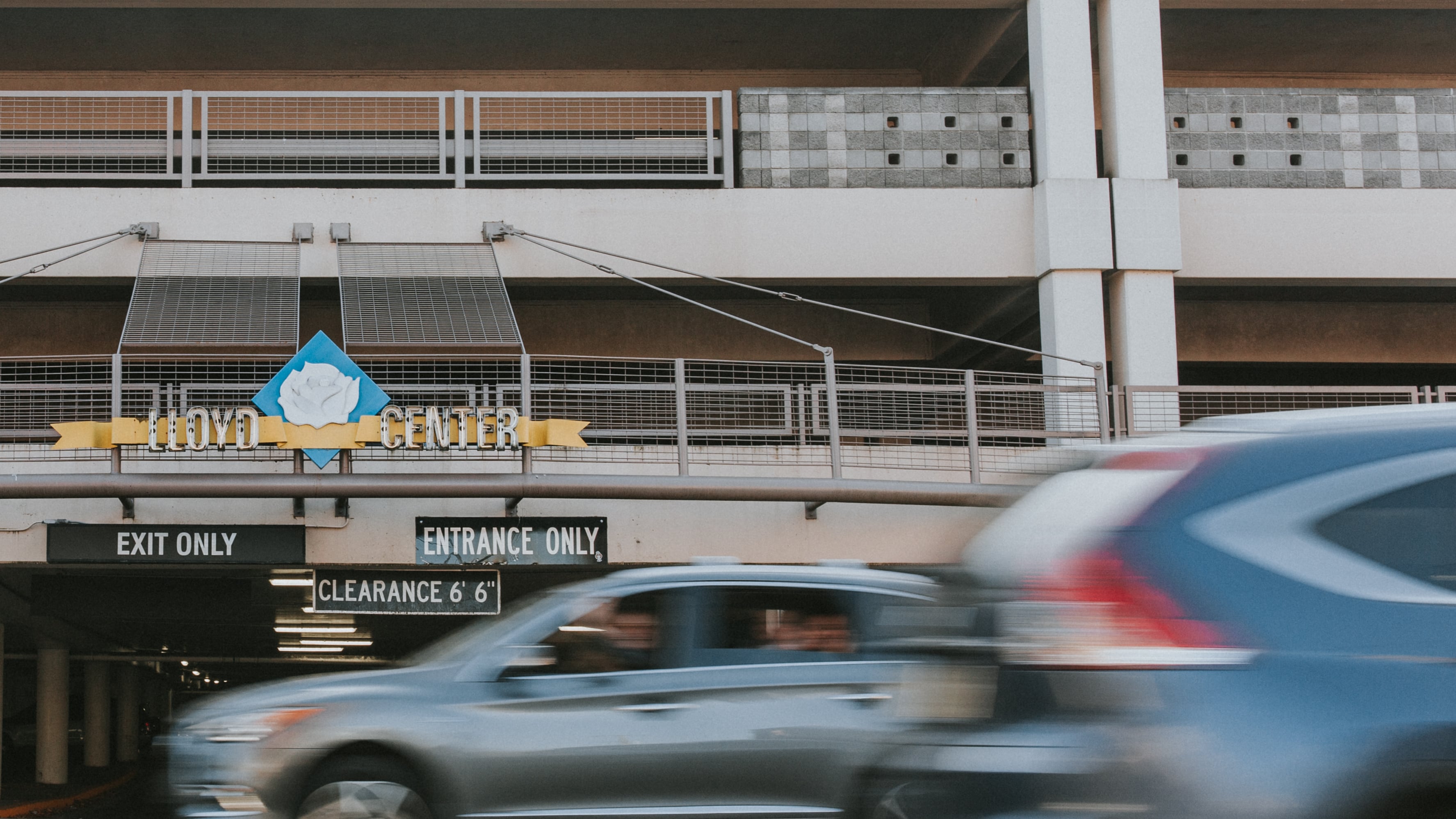"I believe there is no silver bullet, no single answer to being able to address the greenhouse gas emissions overnight. It's a priority for us as an agency. And we need to attack it from multiple avenues. One is clearly through design decisions that we can make that can help free up and move congested areas because we know that cars sitting in traffic, frankly emitting the emissions, is not necessarily the best way to manage greenhouse gas reductions."
—Kris Strickler, incoming director of the Oregon Department of Transportation, at his Nov. 19 Senate confirmation hearing
"This is utter and complete BS. It is scientifically disproven. Widening roads, adding capacity, improving throughput, all encourage more driving and more carbon. Not surprisingly, the 'we're going to save the planet by reducing the amount of emissions from people idling in traffic' is a popular talking point for highway advocates, but it's utterly, utterly false."
—Portland economist Joe Cortright, a longtime ODOT critic
The context: Strickler and Cortright are at odds over a proposed widening of Interstate 5 through the Rose Quarter. For the past year, environmental advocates have stalled the $450 million project, and want an expansive study of its environmental impacts. But Strickler has indicated it's a priority for him—and is arguing that wider roads reduce congestion and are therefore good for the planet.
The Oregon Transportation Commission is expected to vote Dec. 17 whether to break ground or conduct a deeper study. On Dec. 3, House Speaker Tina Kotek announced her support for further study. That same day, the Portland Public Schools Board was expected to vote after press deadline on a resolution demanding further study of the impacts on adjacent Harriet Tubman Middle School.

Who's right? Traffic science suggests having cars travel at relatively moderate, consistent highway speeds would indeed reduce emissions. But research published by Portland State University associate professor Miguel Andres Figliozzi and others calls that into question. Part of the trouble with relying on congestion relief for greenhouse gas reductions is that technology is advancing: Cars are becoming more efficient in stop-and-go traffic. And, perhaps more significantly, less congestion leads to more cars, because more people want to drive—a concept known as induced demand. And more cars mean more emissions.
